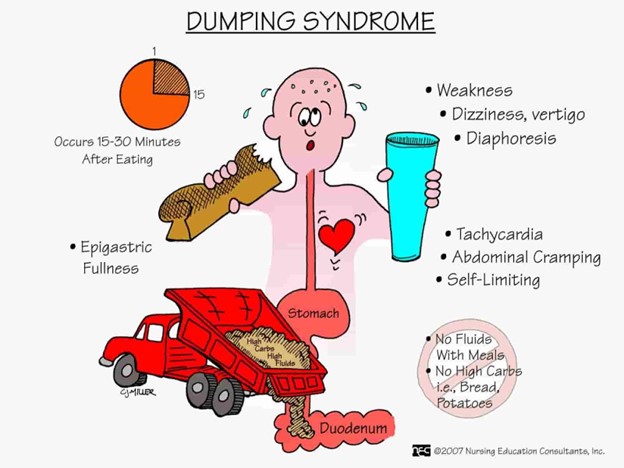A client who recently suffered a stroke suffers from right-sided homonymous hemianopsia. What is the best action for the nurse to take when caring for the client during mealtime?
Place food trays on the left side of the client.
Place food trays on the right side of the client.
Perform a focused visual exam.
Have the assistive personnel feed all meals to the client.
The Correct Answer is A
Choice A reason: This is the correct answer because right-sided homonymous hemianopsia means that the client has lost vision in the right half of both eyes, so placing food trays on the left side of the client will help them see and access their food better.
Choice B reason: This is incorrect because placing food trays on the right side of the client will make it harder for them to see and reach their food, as they have no vision on that side.
Choice C reason: This is incorrect because performing a focused visual exam is not an appropriate action for the nurse to take during meal time. The nurse should assess the client's vision before or after meals, but not interfere with their eating.
Choice D reason: This is incorrect because having the assistive personnel feed all meals to the client will decrease their independence and dignity, as well as their ability to practice using their unaffected side. The nurse should encourage and assist the client to feed themselves as much as possible, and only provide assistance when needed.
Nursing Test Bank
Naxlex Comprehensive Predictor Exams
Related Questions
Correct Answer is A
Explanation
Choice A Reason: Sweating and pallor are early signs and symptoms of dumping syndrome, which is a condition where food moves too quickly from the stomach to the small intestine, causing rapid fluid shifts and hormonal changes. Sweating and pallor are caused by hypoglycemia, which occurs when the high concentration of food in the small intestine stimulates insulin secretion.
Choice B Reason: Abdominal cramping and pain are late signs and symptoms of dumping syndrome, which occur about one to three hours after eating. Abdominal cramping and pain are caused by intestinal distension, spasms, and gas formation.
Choice C Reason: Double vision and chest pain are not signs and symptoms of dumping syndrome, but may indicate other serious conditions, such as stroke or heart attack. Double vision and chest pain should be reported to the provider immediately.
Choice D Reason: Bradycardia and indigestion are not signs and symptoms of dumping syndrome, but may be related to other gastrointestinal disorders, such as gastritis or peptic ulcer disease. Bradycardia and indigestion should be evaluated by the provider for further diagnosis and treatment.

Correct Answer is A
Explanation
Choice A Reason: The client needs total nursing care is the expected outcome for a client who has a score of 6 on the Glasgow Coma Scale, which is a tool that measures the level of consciousness based on eye opening, verbal response, and motor response. A score of 6 indicates severe brain injury and coma, meaning that the client is unresponsive and dependent on others for all activities of daily living.
Choice B Reason: Indicates stable neurologic status is not the expected outcome for a client who has a score of 6 on the Glasgow Coma Scale, which indicates severe brain injury and coma. A stable neurologic status means that there are no changes in the level of consciousness, vital signs, or neurological signs.
Choice C Reason: The client has a decline in level of consciousness but is able to protect his airway is not the expected outcome for a client who has a score of 6 on the Glasgow Coma Scale, which indicates severe brain injury and coma. A decline in level of consciousness means that the client is less alert and responsive than normal, but still able to respond to stimuli and maintain airway patency.
Choice D Reason: The client is alert and oriented is not the expected outcome for a client who has a score of 6 on the Glasgow Coma Scale, which indicates severe brain injury and coma. Alert and oriented means that the client is fully awake and aware of person, place, time, and situation.
Whether you are a student looking to ace your exams or a practicing nurse seeking to enhance your expertise , our nursing education contents will empower you with the confidence and competence to make a difference in the lives of patients and become a respected leader in the healthcare field.
Visit Naxlex, invest in your future and unlock endless possibilities with our unparalleled nursing education contents today
Report Wrong Answer on the Current Question
Do you disagree with the answer? If yes, what is your expected answer? Explain.
Kindly be descriptive with the issue you are facing.
